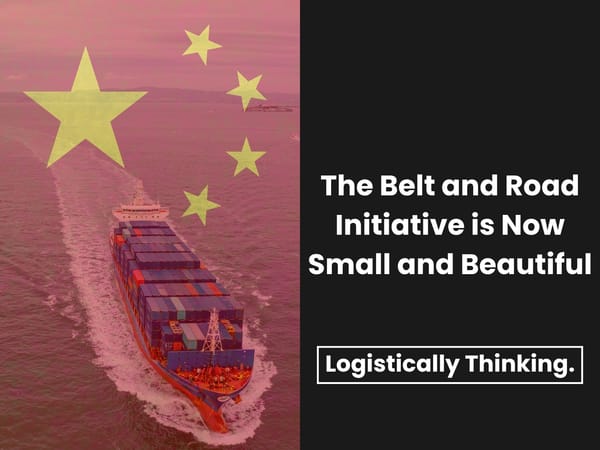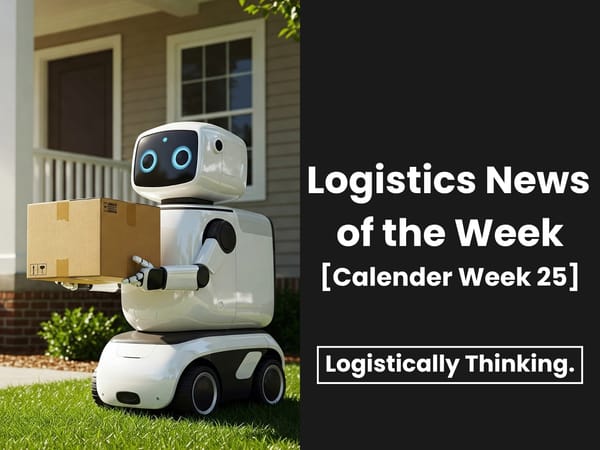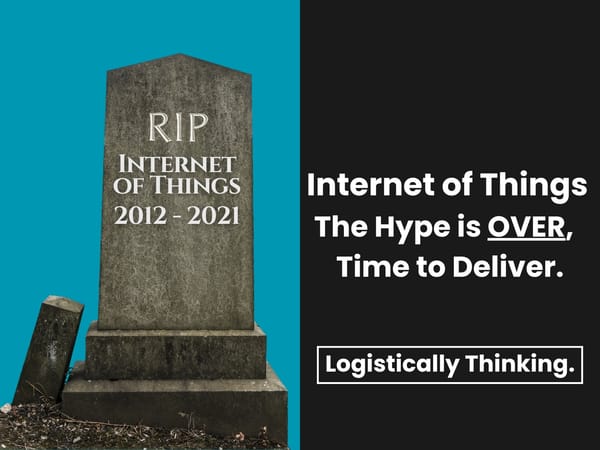Returns Were Never Free. Retailers Are Finally Admitting It.
E-commerce returns have become a structural flaw in the digital retail economy. With rates doubling since 2019, the "free returns" model has reached a tipping point due to rising costs, logistical challenges, and growing scrutiny.

Topline Takeaway
E-commerce returns are no longer an ignorable logistics challenge after having doubled in rate since 2019. They represent a structural flaw in the digital retail economy. From rising costs and fragmented reverse logistics to growing consumer scrutiny and shifting regulatory pressures, the free returns model has reached a tipping point.
I. The Illusion of Free
For more than a decade, e-commerce operated on a premise of frictionless consumption. Buy three, keep one. Return the rest. No cost, no consequence. This model was reinforced by marketing messages and checkout flows optimized for prioritizing conversion rates and minimizing purchase friction.
Online retailers leaned in. Amazon mainstreamed no-questions-asked refunds. Other players like Shein, Wayfair, and Chewy similarly used generous return policies to generate growth. When COVID-19 accelerated online adoption, the “free return” became a minimum expectation.
Today, the economics have changed. Logistics costs continue to surge, return rates are growing, and sustainability pressures are always present. What once passed as customer-centricity is now being re-evaluated as a significant cost driver that’s increasingly difficult to justify.
II. The Hidden Cost Structure
In 2024, U.S. consumers returned over $890 billion in merchandise, representing 16.5% of retail sales. Fashion return rates routinely reach 50%, while electronics and home goods also see double-digit rates.
| Category | Avg. Return Rate | Avg. Cost per Return |
|---|---|---|
| Fashion | 25% – 50% | $12 – $20 |
| Electronics | 10% – 15% | $15 – $30 |
| Furniture | 8% – 12% | $30 – $50 |
Costs associated with returns include transport, labor, inspection, markdowns, and waste. Most damaging is the inventory loss: returned items are often unsellable at full price. In categories like fast fashion, cosmetics, or consumer electronics, products may be unfit for resale due to hygiene risks, damage, or rapid obsolescence, leaving retailers with few options beyond liquidation or disposal.
III. Retailer Quietly Reverse
Retailers are responding through quiet, incremental changes where return policies are being revised subtly such as surprise added fees at checkout, changes buried in FAQ pages, or new tiers introduced under the guise of loyalty program updates. These revisions aim to test consumer pushback and reduce return volume while minimizing the erosion of customer goodwill.
In the US, this recalibration is taking shape through nuanced fees and targeted restrictions. Amazon, for example, now applies a $1 fee for returns made via UPS when a free, company-owned drop-off point is nearby, gently nudging consumers toward its own logistics network. Similarly, Best Buy is protecting its margins on high-value goods by enforcing restocking fees for specific electronics like drones and high-end cameras.
The trend is just as pronounced across Europe, where fashion retailers are leading the charge. In several countries, Zara now charges a fee of €2 to €3 for online returns, and H&M has followed suit by applying similar fees, even for its loyalty members.
These are not isolated decisions. They represent a collective recalibration. Free returns are being redefined not as a service feature, but as a conditional offering with rules, tiers, and limitations.
IV. The Reverse Supply Chain Breakdown
Most e-commerce systems were built to move products out as quickly as possible. Returns flows were never the focus. Now, with financial pressures rising, this patchwork approach is creating a costly operational breakdown. The problem begins the moment a product is sent back, triggering a labor-intensive workflow of manual inspection, categorization, and repackaging that drives up costs at every step.
The consequences compound from there. Items that are damaged, out of season, or missing original packaging often can't be resold, creating a backlog of dead inventory that consumes valuable storage space. The last resort—liquidation—is rarely a solution. With resale markets saturated, retailers are forced into steep markdowns that not only destroy profit margins but can also tarnish a brand's reputation, making any real value recovery nearly impossible.
V. Chinese Retailers Take a Different Approach
China offers a compelling counterpoint. China’s logistics infrastructure has been purpose-built to streamline and minimize the cost of returns:
- Couriers are integrated into both delivery and return flows, often offering scheduled pick-ups directly from customers’ homes or workplaces, reducing the friction and cost of initiating a return.
- Lockers and mobile apps streamline the process, giving consumers multiple convenient options to drop off items or schedule returns with minimal effort.
- Dense logistics nodes enable rural reach by maintaining a consistent level of service even outside urban centres, thanks to high-frequency routing and shared delivery-return infrastructure.
Platforms like JD.com and Alibaba built reverse logistics into their core operations. The US and Europe by contrast, are attempting to retrofit these capabilities into systems not initially designed for them.
VI. Rethinking the Returns Playbook
The age of unlimited, unstructured returns is ending. To maintain profitability and trust, retailers must adopt a more strategic approach:
- Invest in Purpose-Built Returns Infrastructure: Fulfilment centres need to be built with returns in mind, not as an afterthought. This includes dedicated return handling zones, automation for sorting, and systems that integrate recommerce and resale channels from the outset.
- Segment Return Policies: A one-size-fits-all approach to returns is no longer viable. Retailers are increasingly tailoring return policies based on factors like geography (urban versus rural), item type (fast fashion vs electronics), and customer value (loyalty tiers; past behavior).
- Incentivize Smarter Consumer Behavior: To nudge consumer behavior, retailers are promoting return-to-store options, offering perks for choosing more sustainable return methods, or even issuing partial refunds for opting into recommerce or donation channels.
- Deploy Advanced Fraud Detection: Advanced analytics and AI tools are being deployed to identify serial returners or suspicious patterns. These systems flag policy abuse, such as “wardrobing,” a type of return fraud where customers purchase items—often clothing or accessories—with the intent to use them briefly (e.g. for an event or photo) and then return them, often leaving the product in a condition unsuitable for resale.
- Align Returns with Sustainability Goals: With ESG metrics under greater scrutiny, returns are increasingly viewed through a sustainability lens. Leading retailers are linking returns reform to waste reduction, emissions impact, and the development of recommerce infrastructure that keeps goods in circulation longer.
VII. Repricing Returns
The free returns era was never truly free. It was subsidized by VC capital, masked by growth targets, and absorbed by overextended logistics networks. As e-commerce matures, these costs are being re-examined.
Returns are no longer a peripheral issue. They are central to profitability, sustainability, and operational design.
Retailers that treat them as such will gain more than margin. They’ll gain resilience operationally, by improving efficiency across returns flows; reputationally, by aligning with consumer expectations around sustainability and transparency; and financially, by reclaiming value from goods that would otherwise erode profit.
A Note from the Editor: Is your fulfillment strategy built for this new era? Subscribe to our weekly newsletter, (Supply) Chain of Thought, for more strategic analyses at the intersection of commerce and supply chain.




